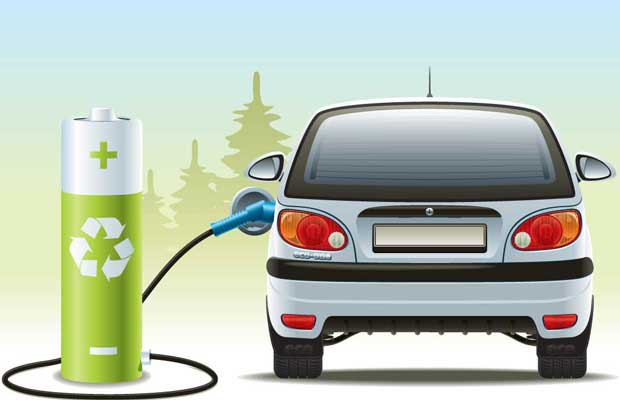E-retrofitment Industry in India
India’s ambitious goal of achieving 30% sales penetration of electric passenger cars by 2030 has paved the way for the emergence of the e-retrofitment industry. This innovative concept involves transforming traditional internal combustion engine (ICE) vehicles into electric vehicles (EVs) by replacing their powertrains.
Collaborative Efforts: Converting Military Gypsies to Electric Vehicles
Indian Army Cell, in collaboration with IIT Delhi and start-up Tadpole Projects, showcased the successful conversion of Military Gypsies into electric vehicles. This collaboration highlights the country’s determination to leverage expertise from different sectors to drive the adoption of EVs through retrofitment.
State Governments and Retrofitment Guidelines
Several state governments, including Delhi, Tamil Nadu, and Andhra Pradesh, have introduced retrofitment guidelines to provide a framework for the industry’s operations. Such guidelines offer support to start-ups offering retrofitment kits and enable vehicle owners to convert their ICE vehicles into EVs instead of scrapping them.
Challenges Associated with E-Retrofitment
- Cost: The 18% goods and services tax levied on auto components makes retrofitment a costly and economically unviable option compared to purchasing a new EV.
- Technical Challenges: Retrofitting vehicles requires overcoming various engineering challenges. Sizing the battery and motor appropriately and ensuring the mechanical coupling of the motor with the existing vehicle transmission system are crucial considerations. The Automotive Industry Standards 123 (AIS 123) of India recommend a weight difference of around 10% between the original and retrofitted vehicles to ensure optimal performance.
- High Investment: Converting a petrol or diesel car into an EV through retrofitment involves a significant financial investment. On average, the cost could amount to approximately Rs 4 lakh. However, one impediment to the conversion process is the unavailability of tailored loan options, as high lending rates make the investment financially unviable for vehicle owners.
Advantages
One of the advantages of retrofitting existing ICE vehicles is the extension of their useful lifespan by 5-7 years. This approach helps vehicles avoid falling under the scrappage policy, leading to reduced waste and environmental impact. Retrofitting presents an opportunity to make existing vehicles more sustainable and contribute to the country’s emission reduction goals.
Successful Retrofitment Example: Delhi’s Transition to CNG Vehicles
Delhi’s successful transition to compressed natural gas (CNG) vehicles serves as a noteworthy example of retrofitment. This shift not only reduced harmful PM2.5 emissions but also demonstrated the potential of retrofitting to contribute positively to the country’s vehicle electrification process.
Month: Current Affairs - May, 2023
Category: India Nation & States Current Affairs


